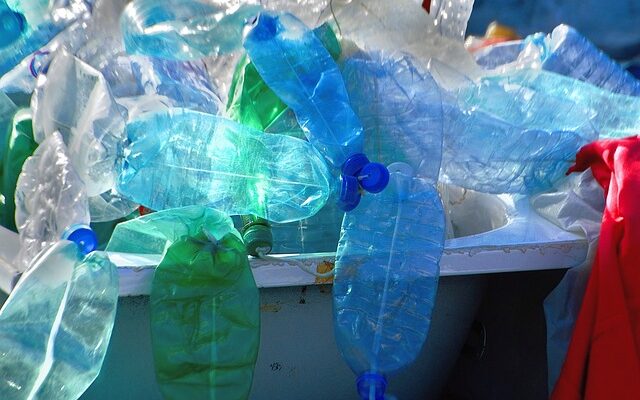The Myanmar plastic market is undergoing rapid transformation, driven by industrial growth, increasing consumer demand, and evolving regulations. With a projected market size of approximately $2.1 billion by 2025, the industry is set to play a pivotal role in Myanmar’s economic development. Here’s a comprehensive look at the factors shaping the market, key opportunities, and challenges ahead.
Rising Demand Across Sectors
Plastic remains a critical material across industries, including packaging, construction, automotive, and consumer goods. In Myanmar, the growing urban population and rising income levels are fueling demand for plastic products, especially in the packaging and FMCG (fast-moving consumer goods) sectors. Single-use plastics dominate the market, particularly in food packaging, reflecting the shift toward convenience and modern retailing.
The construction sector is another major contributor to the plastic market. As Myanmar invests heavily in infrastructure projects, demand for plastic pipes, cables, and insulation materials is on the rise. The government’s commitment to improving urban infrastructure is expected to sustain this trend.
Key Drivers of Growth
- Economic Expansion: Myanmar’s steady GDP growth post-pandemic is creating a favorable environment for industries reliant on plastics.
- Rise in Manufacturing: The country’s emerging manufacturing sector, especially in textiles and electronics, is increasing the demand for plastic components.
- Foreign Investments: Regional players from countries like China, Thailand, and India are injecting capital into Myanmar’s plastic manufacturing sector, bringing in advanced technologies and expertise.
- Consumer Shift: The younger, tech-savvy population is driving higher consumption of electronics, appliances, and packaged goods—all of which depend heavily on plastic materials.
Challenges in the Myanmar Plastic Market
While the opportunities are vast, the industry faces notable hurdles:
- Regulatory Pressures: In response to growing environmental concerns, the Myanmar government has begun introducing policies to reduce plastic waste. This includes bans on certain single-use plastics and incentives for biodegradable alternatives.
- Recycling Infrastructure: Myanmar’s recycling ecosystem is still in its infancy, with low collection and processing rates. As a result, a significant portion of plastic waste is mismanaged, creating long-term sustainability issues.
- Import Dependency: A large share of raw materials and finished plastic products are imported, leaving the market vulnerable to global price fluctuations and supply chain disruptions.
- Limited Technology: Many local manufacturers operate with outdated machinery, limiting productivity and product quality compared to international standards.
Future Opportunities and Innovations
The Myanmar plastic market is ripe for innovations and sustainable practices:
- Eco-friendly Products: The growing awareness of environmental issues is opening doors for biodegradable and recyclable plastics. Manufacturers who adopt sustainable practices early can gain a competitive edge.
- Investment in Recycling: Expanding recycling facilities and promoting a circular economy can help address environmental concerns while creating new business opportunities.
- Local Manufacturing: With government support, boosting local production of raw materials and finished goods can reduce dependency on imports and improve supply chain resilience.
- Technology Upgrades: Investment in modern machinery and automation will enhance the efficiency and quality of local manufacturers, enabling them to compete regionally.
For More Info https://www.gmiresearch.com/report/myanmar-plastic-market/
Conclusion
By 2025, the Myanmar plastic market is poised for significant growth, with opportunities in both traditional and sustainable segments. While challenges such as environmental concerns and regulatory changes persist, they also present avenues for innovation and improvement. Businesses that invest in eco-friendly solutions and modern manufacturing processes will likely emerge as leaders in this dynamic market.
With the right balance of policies, investments, and innovations, the Myanmar plastic industry has the potential to contribute meaningfully to the country’s economic progress while addressing sustainability goals.
